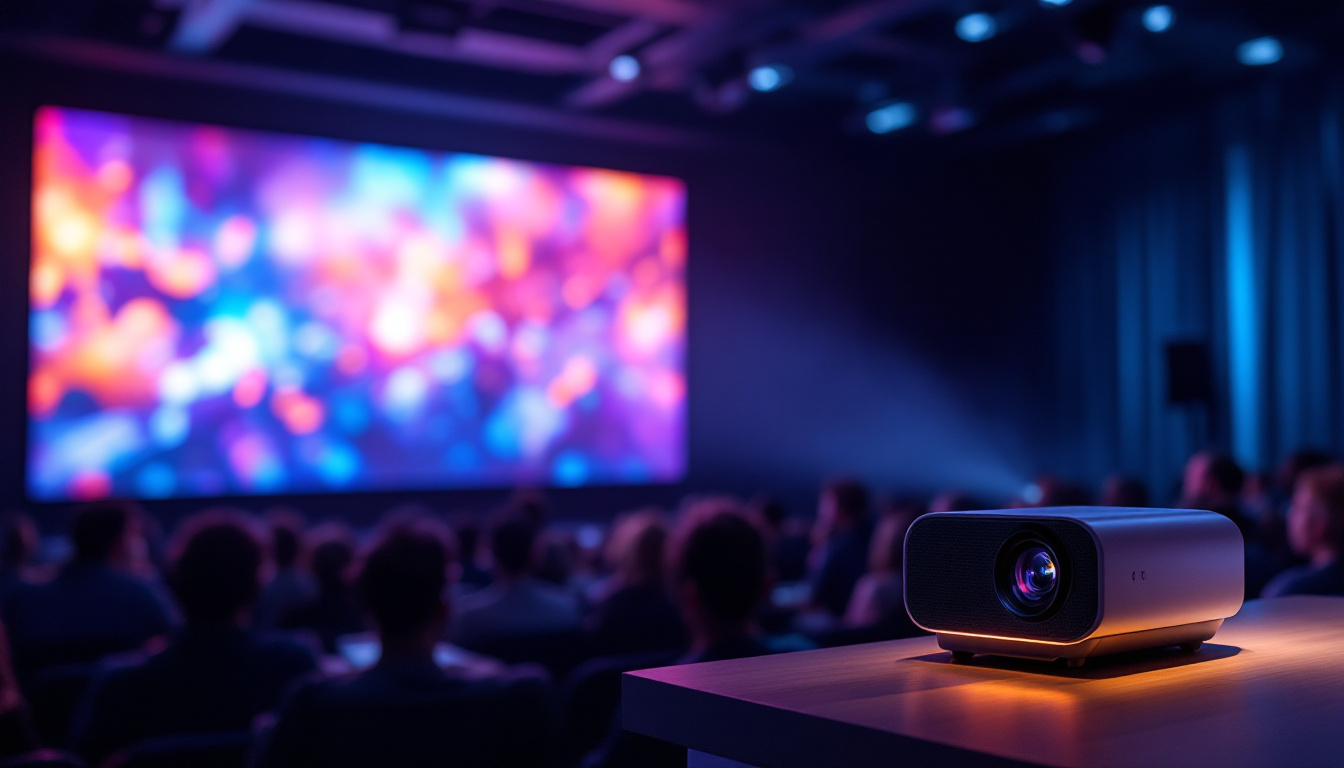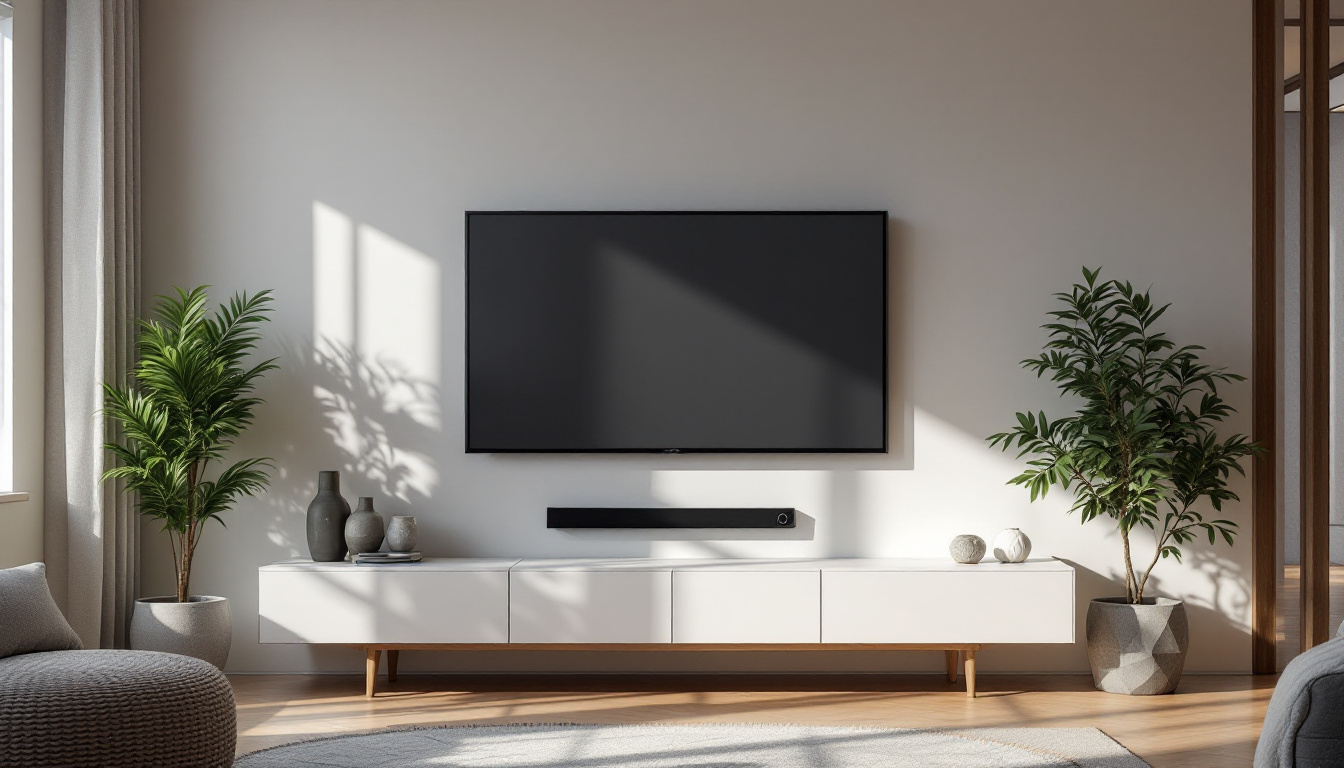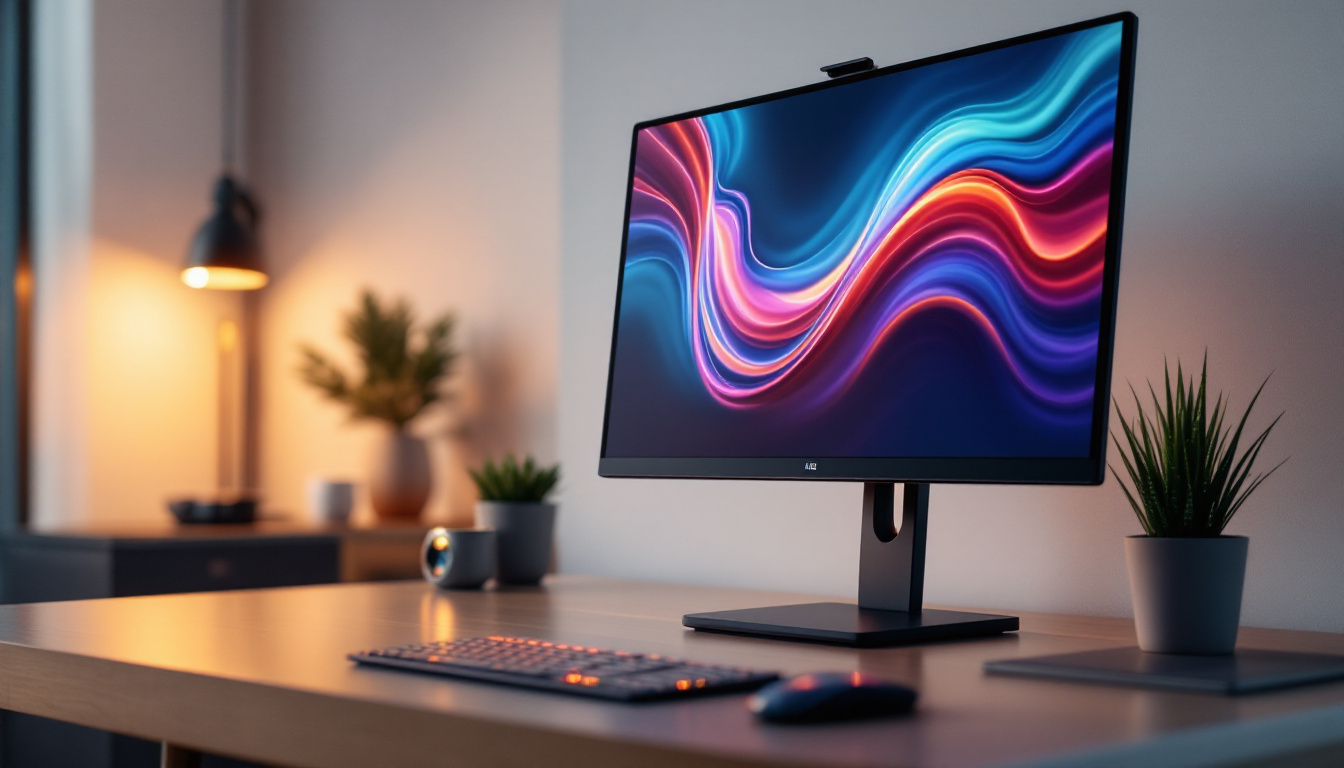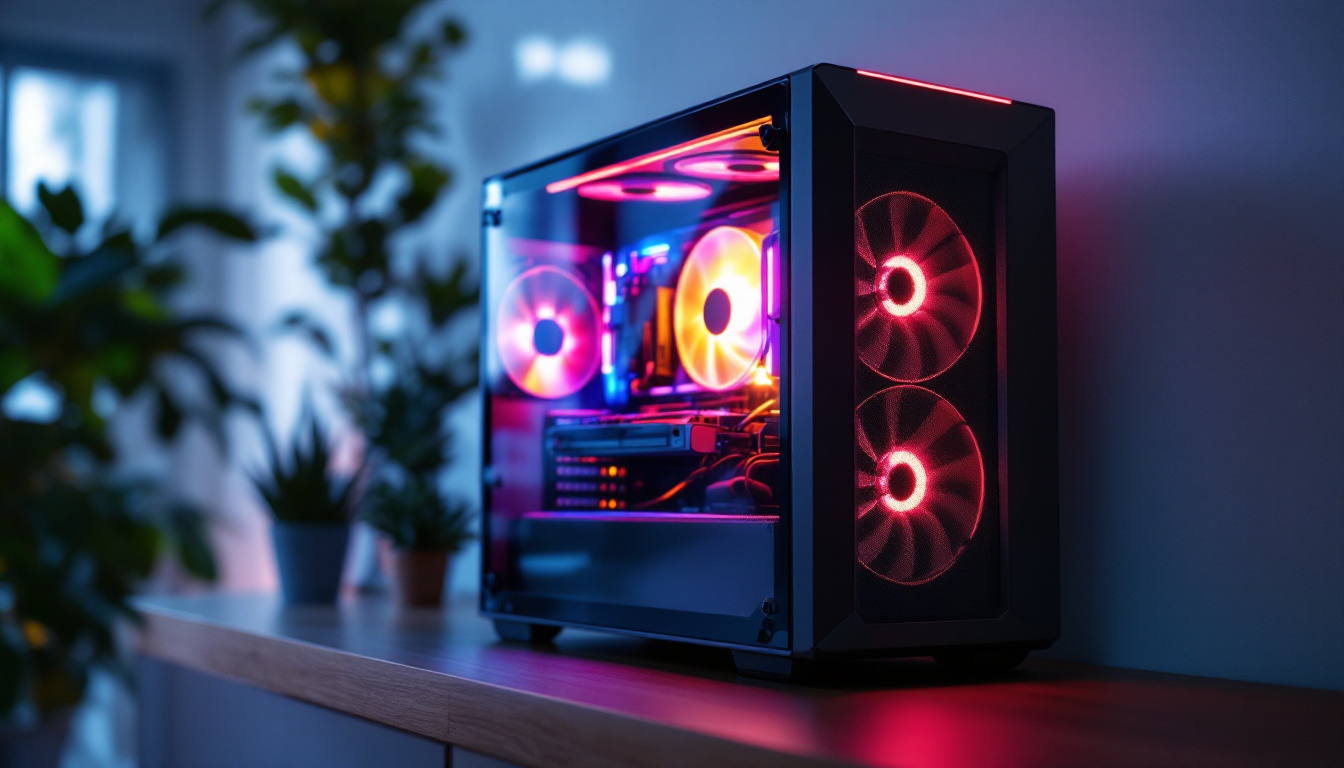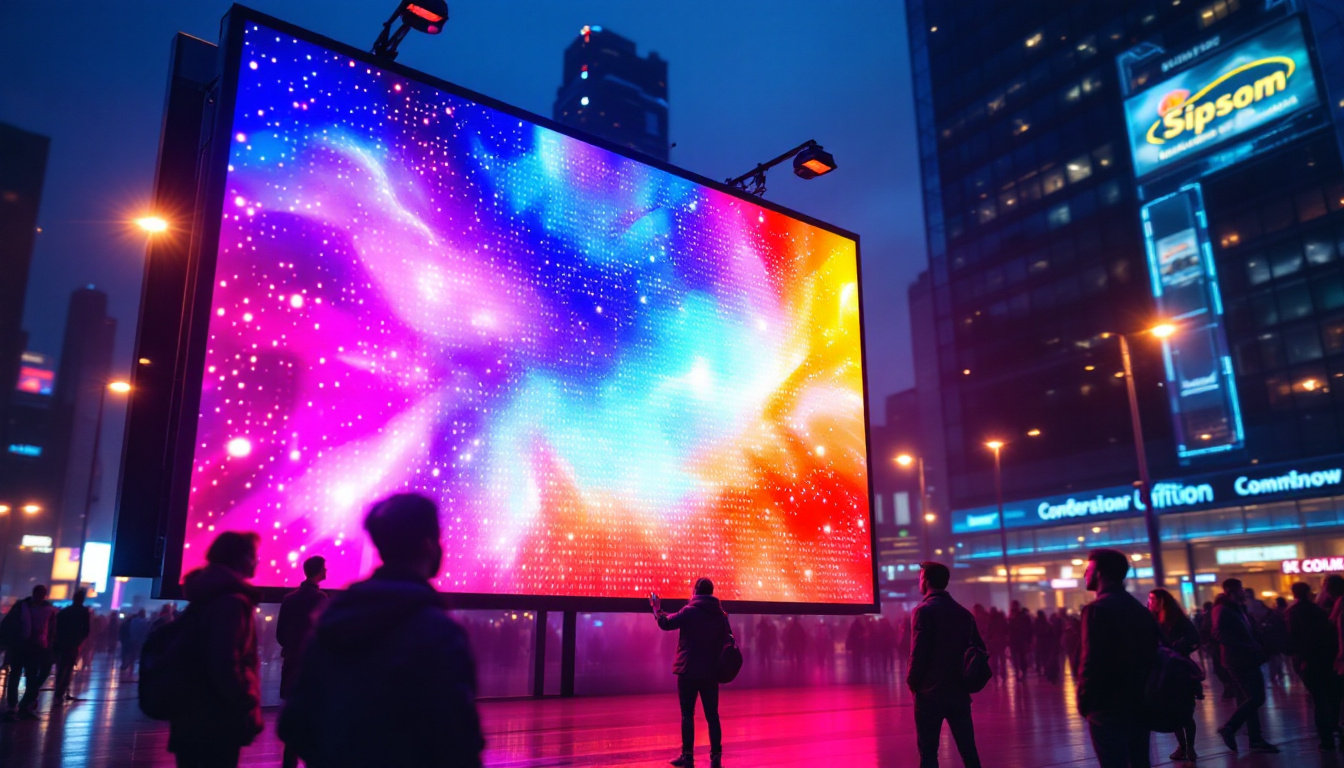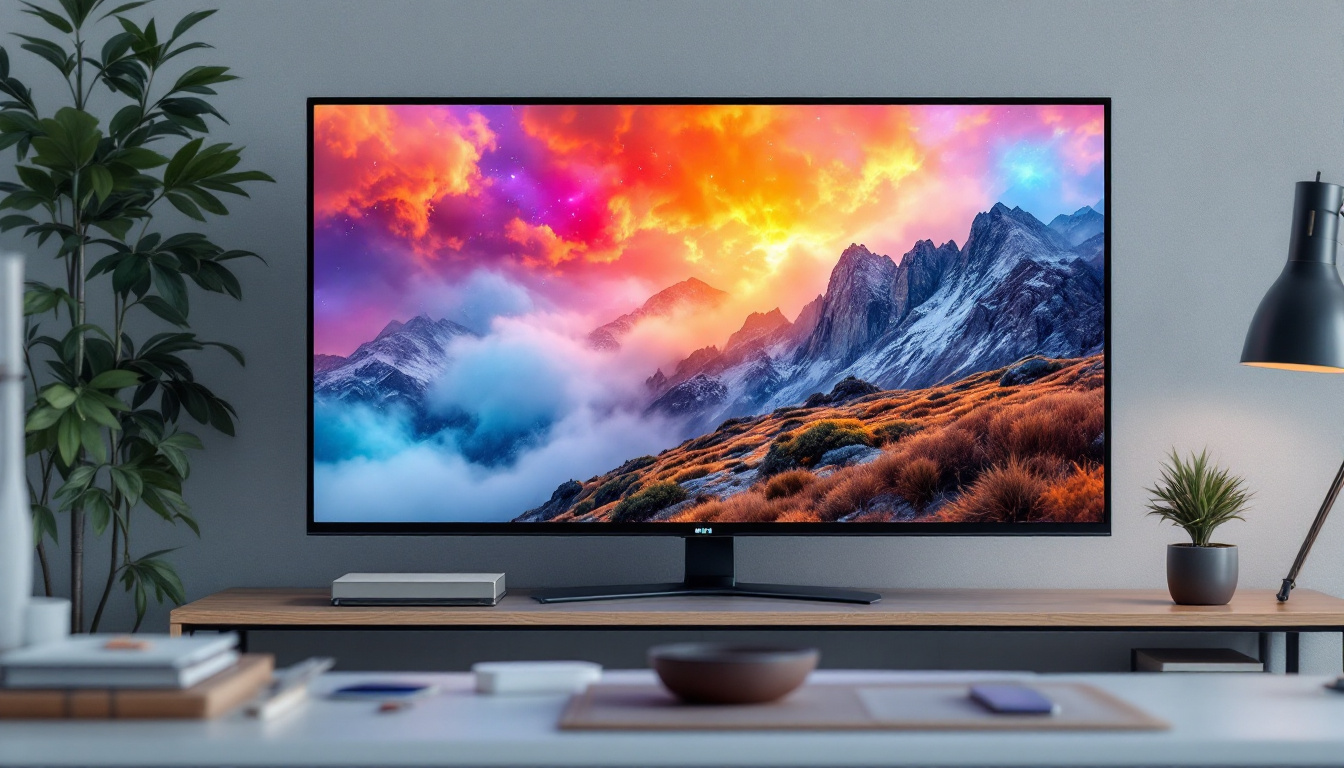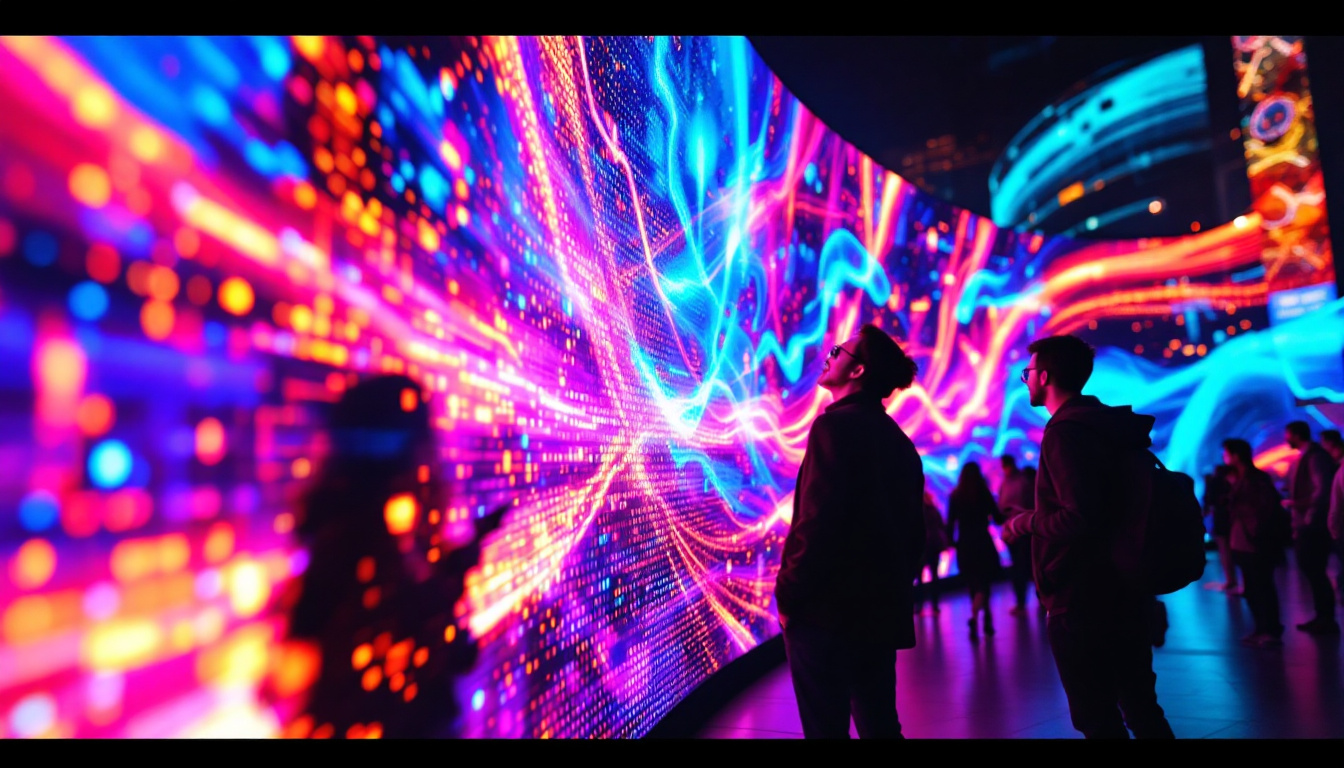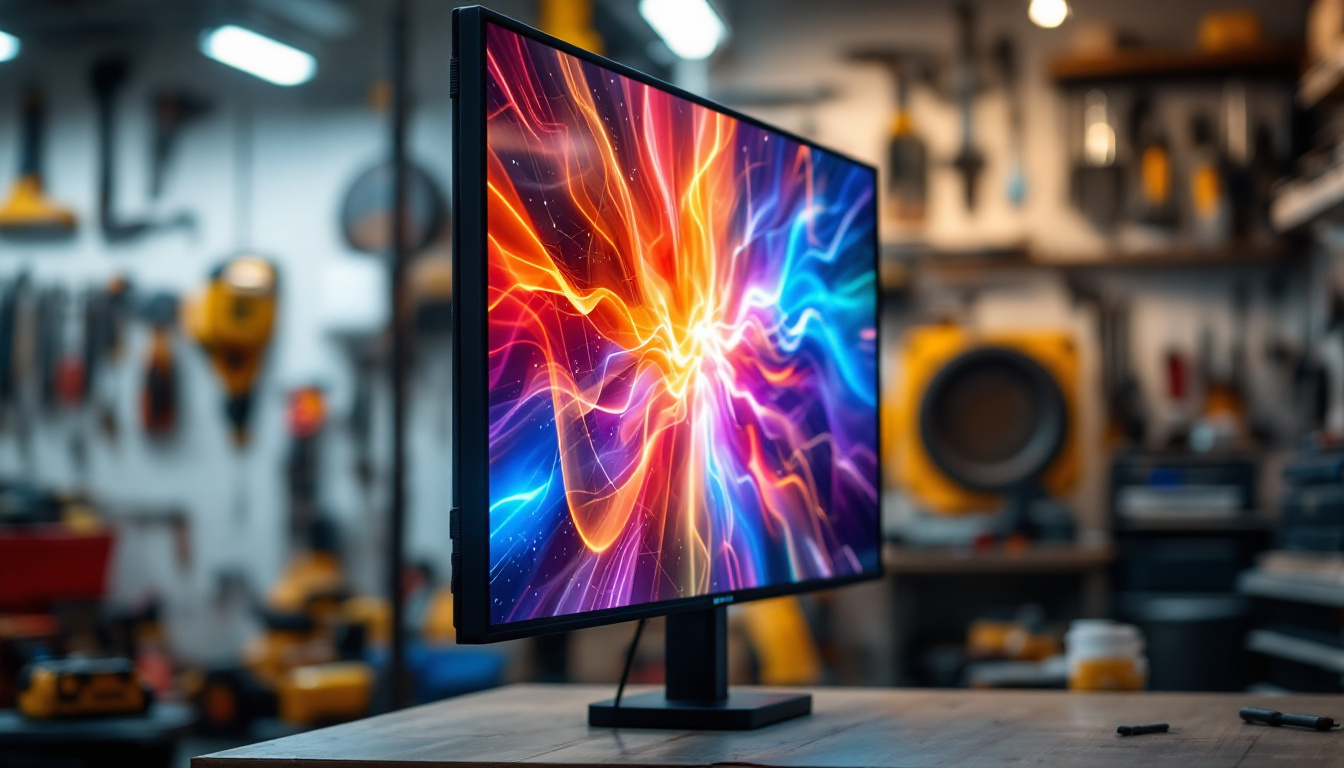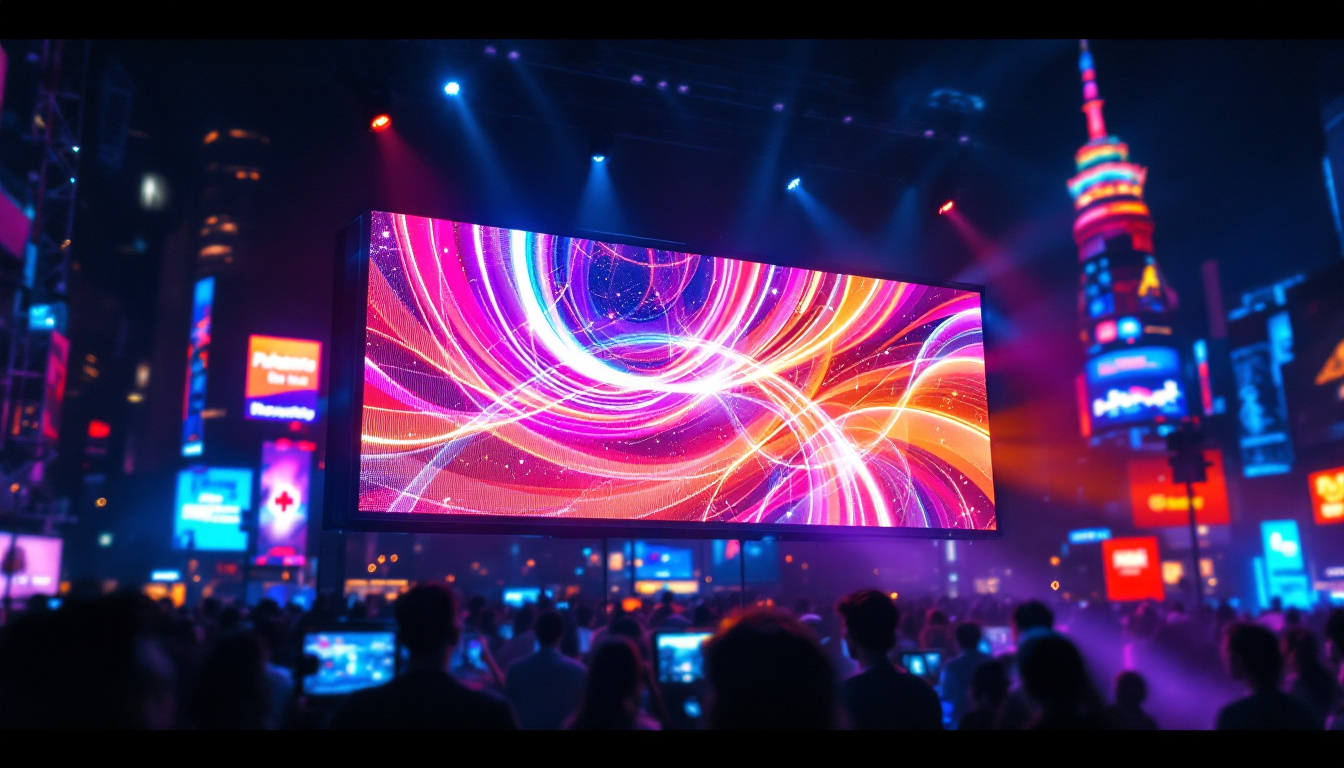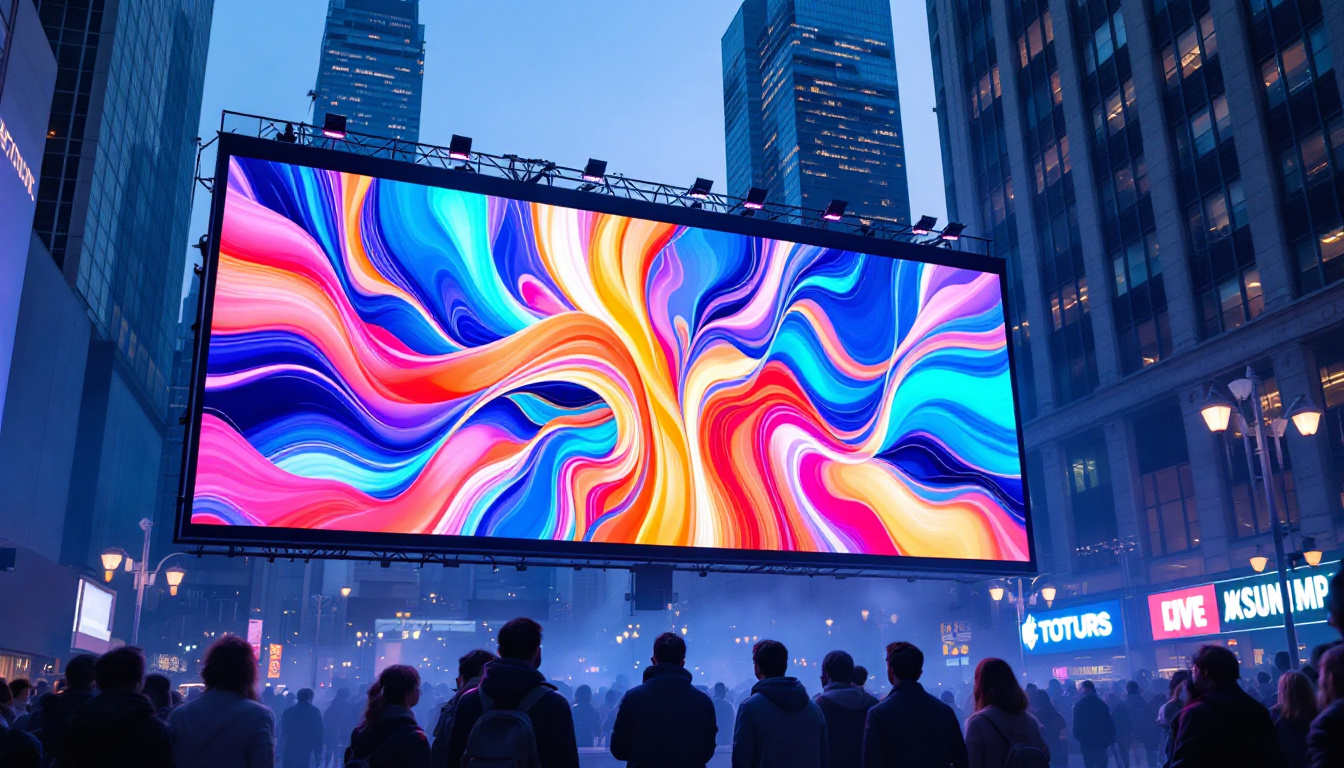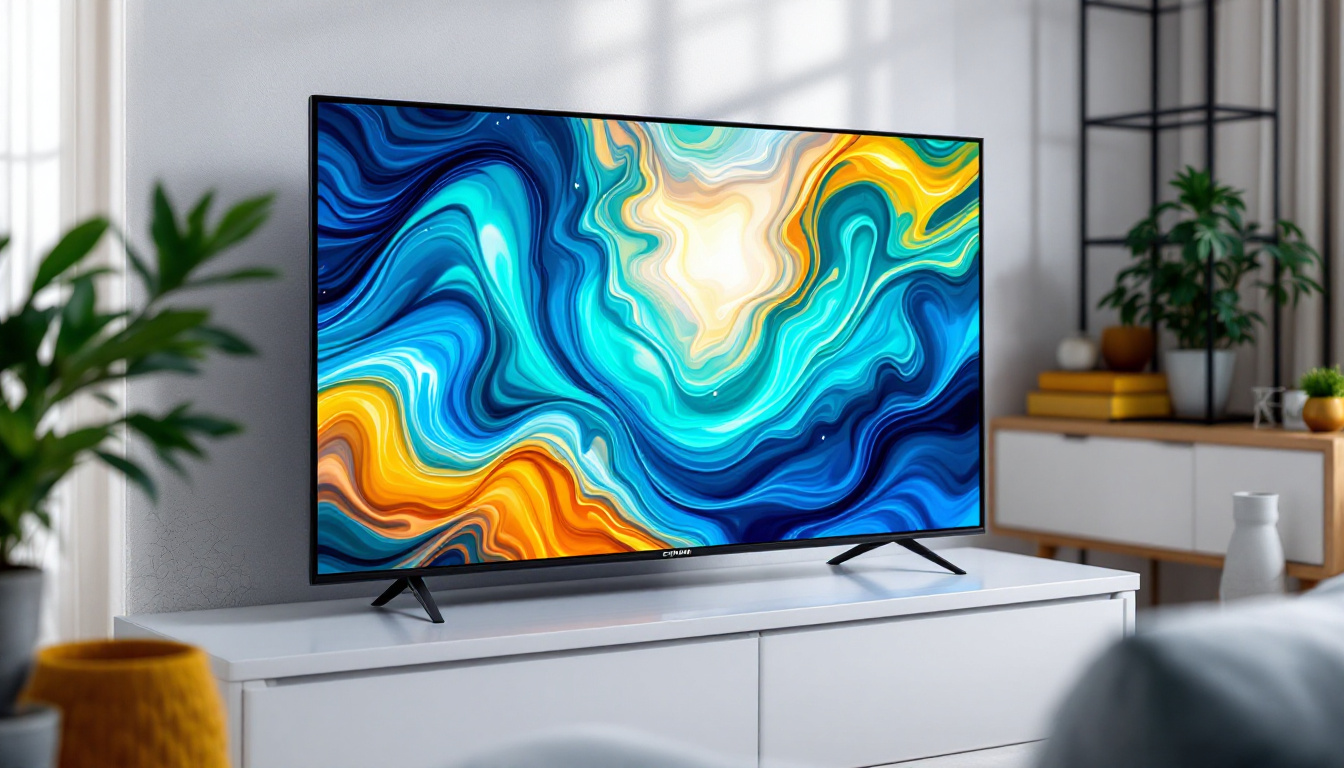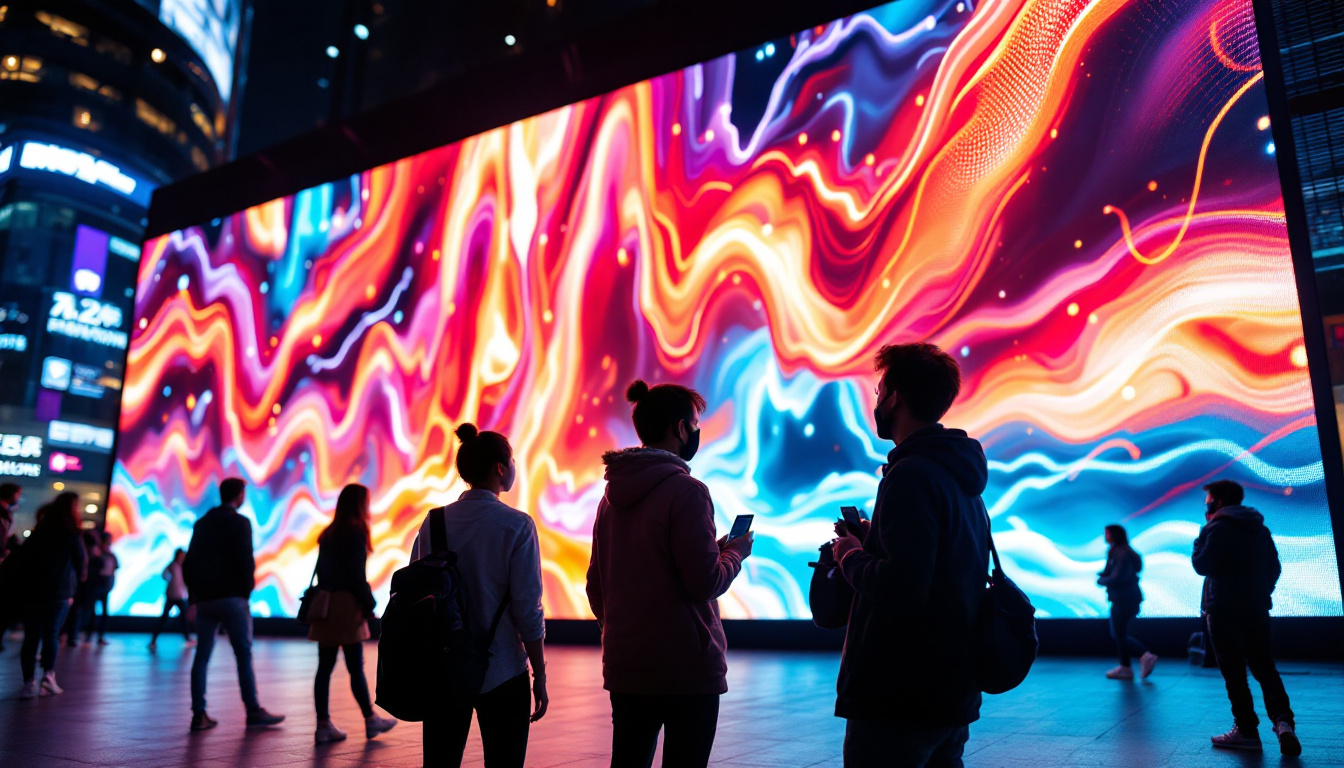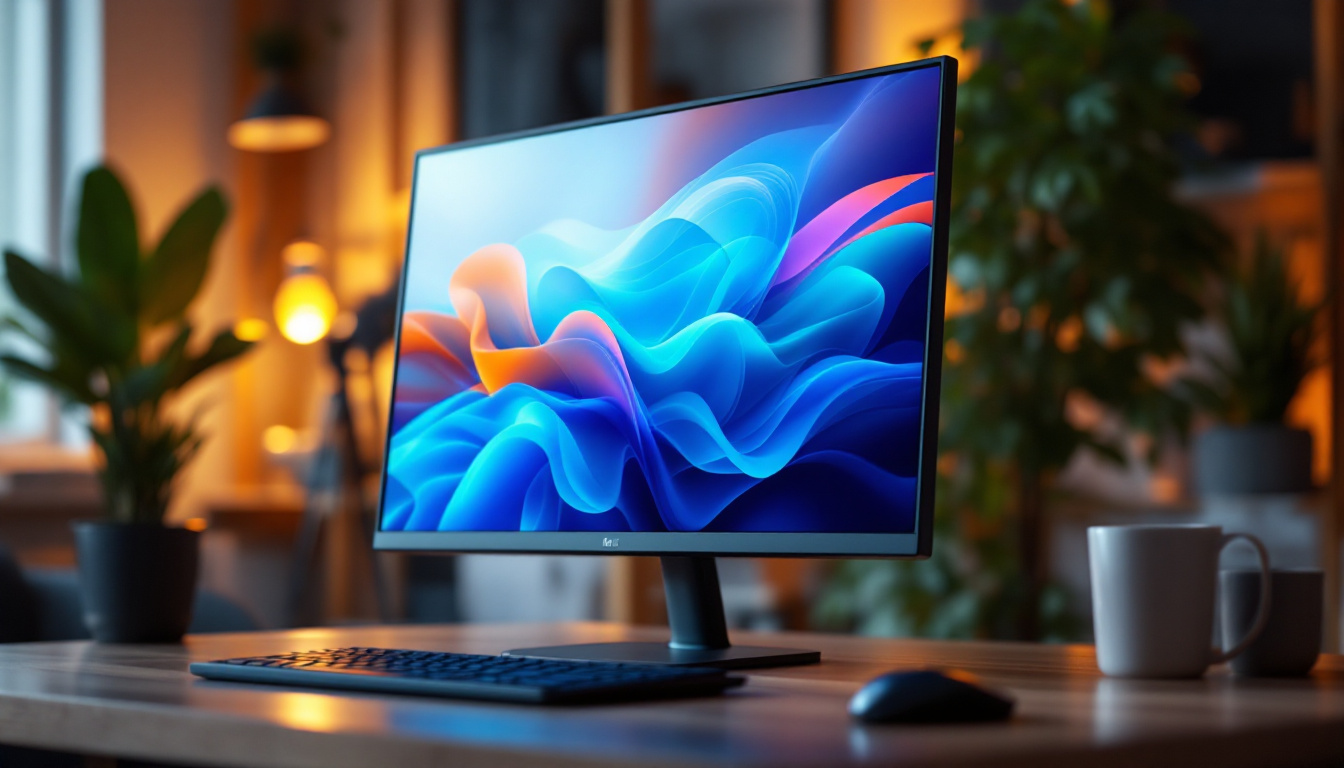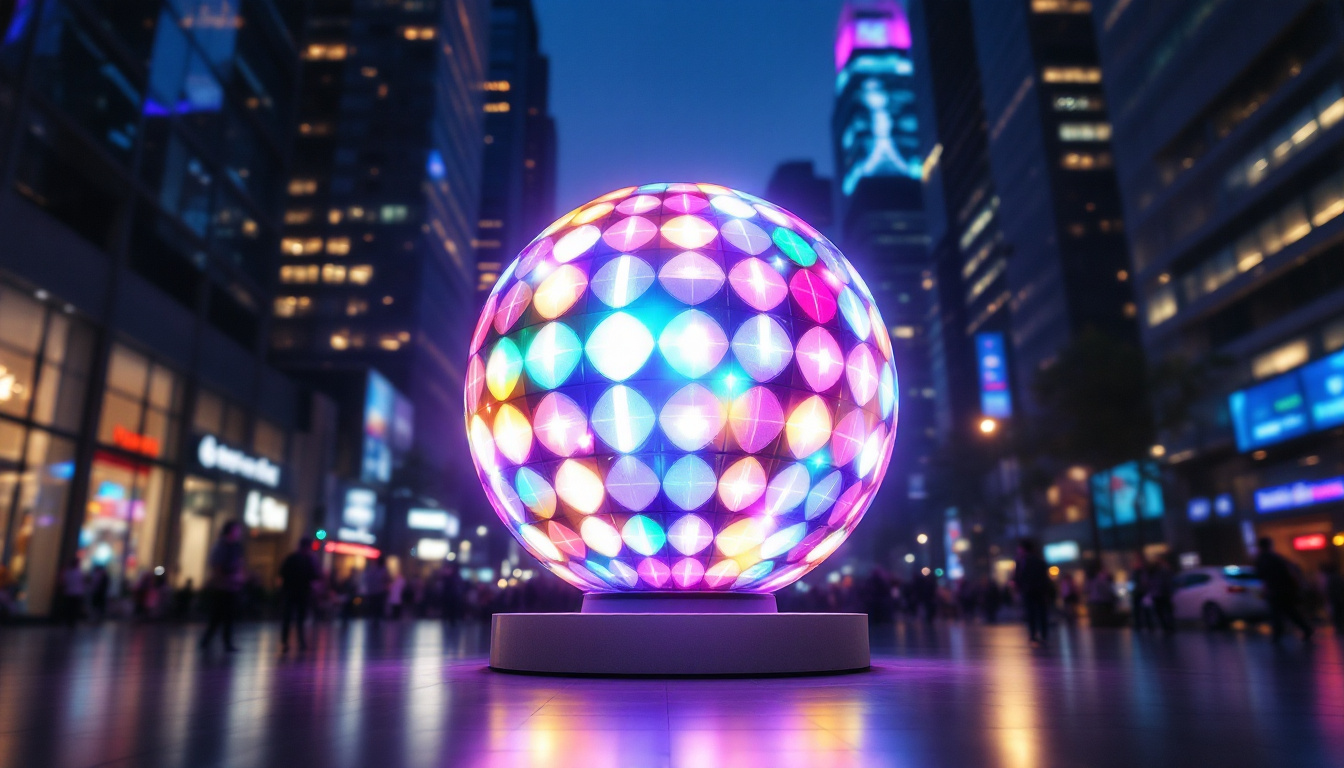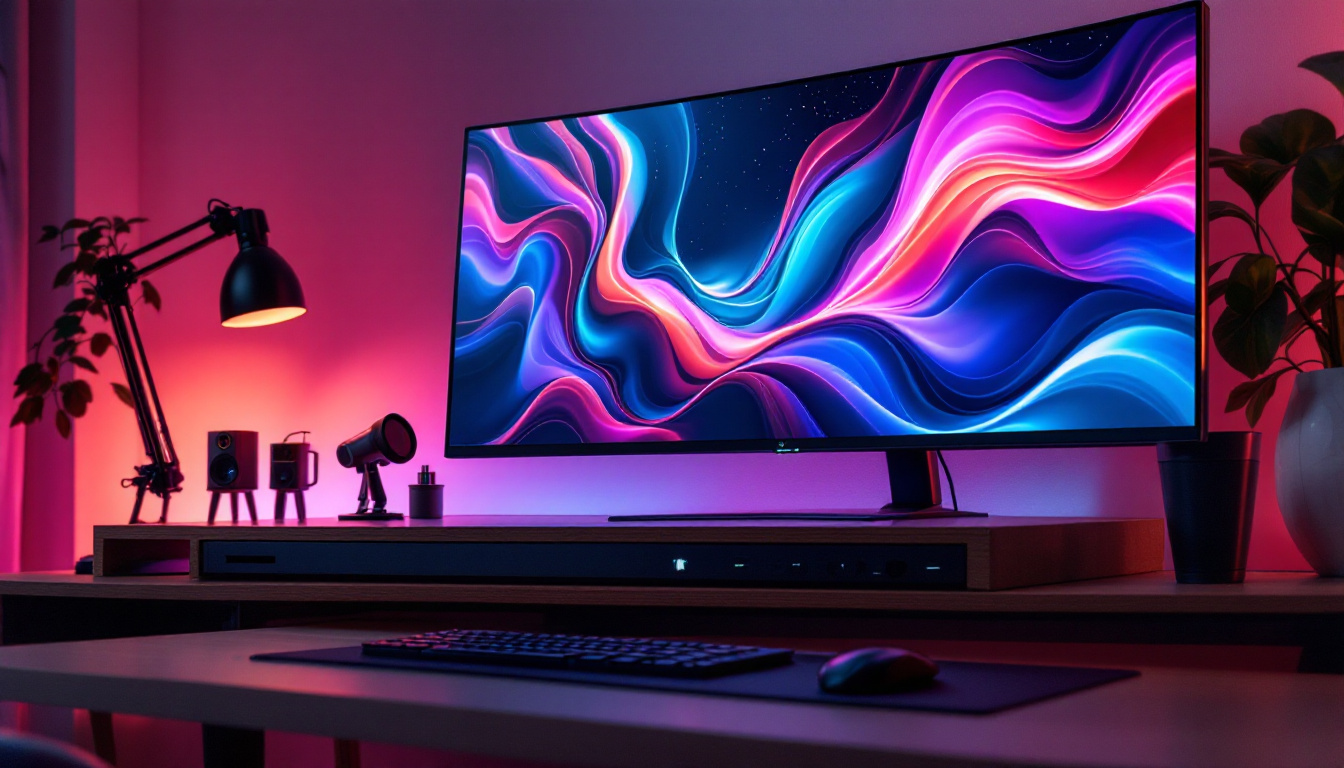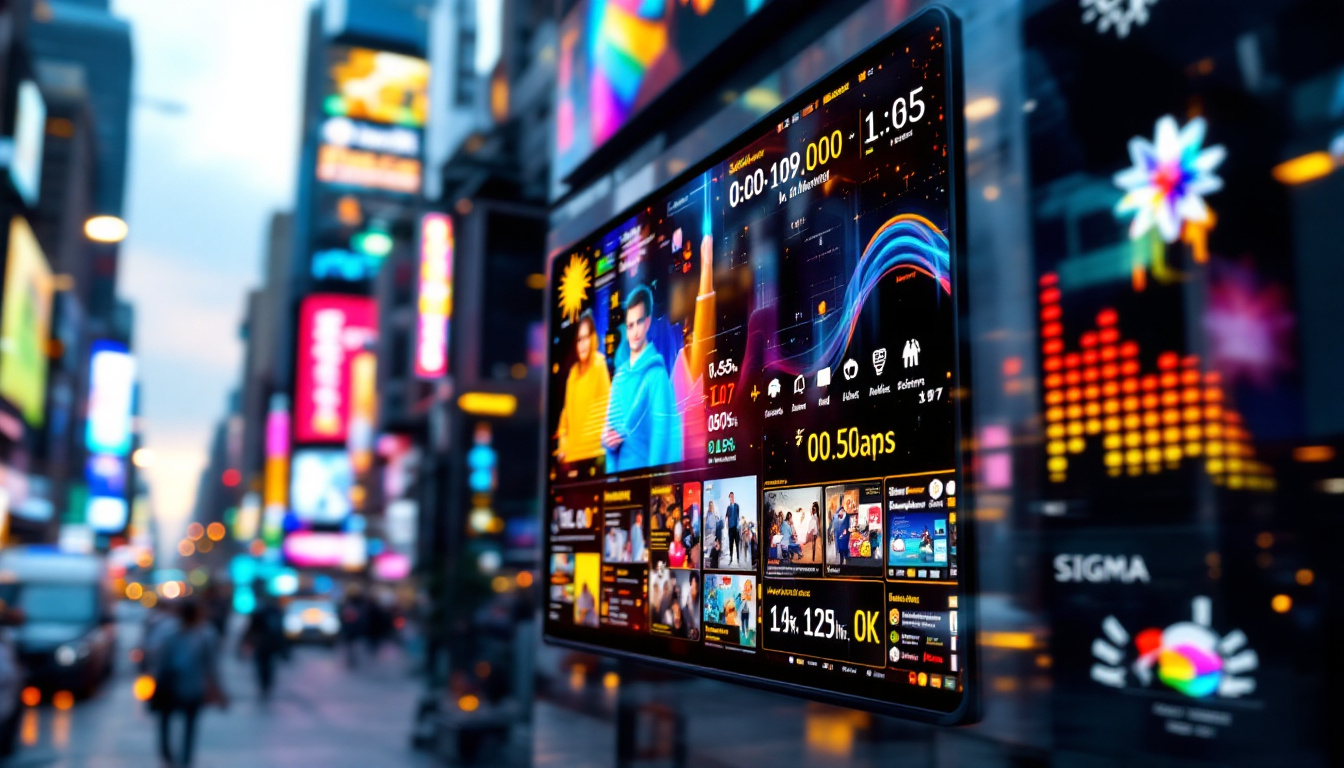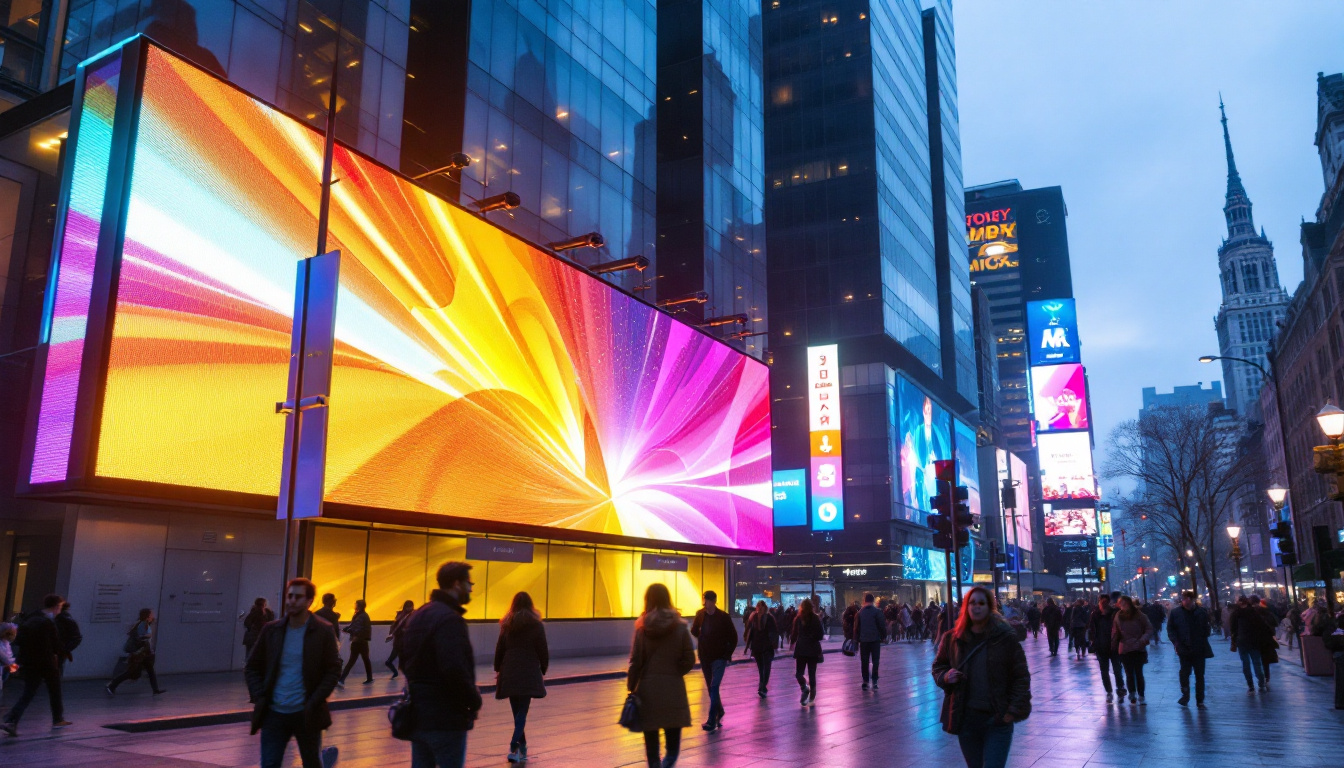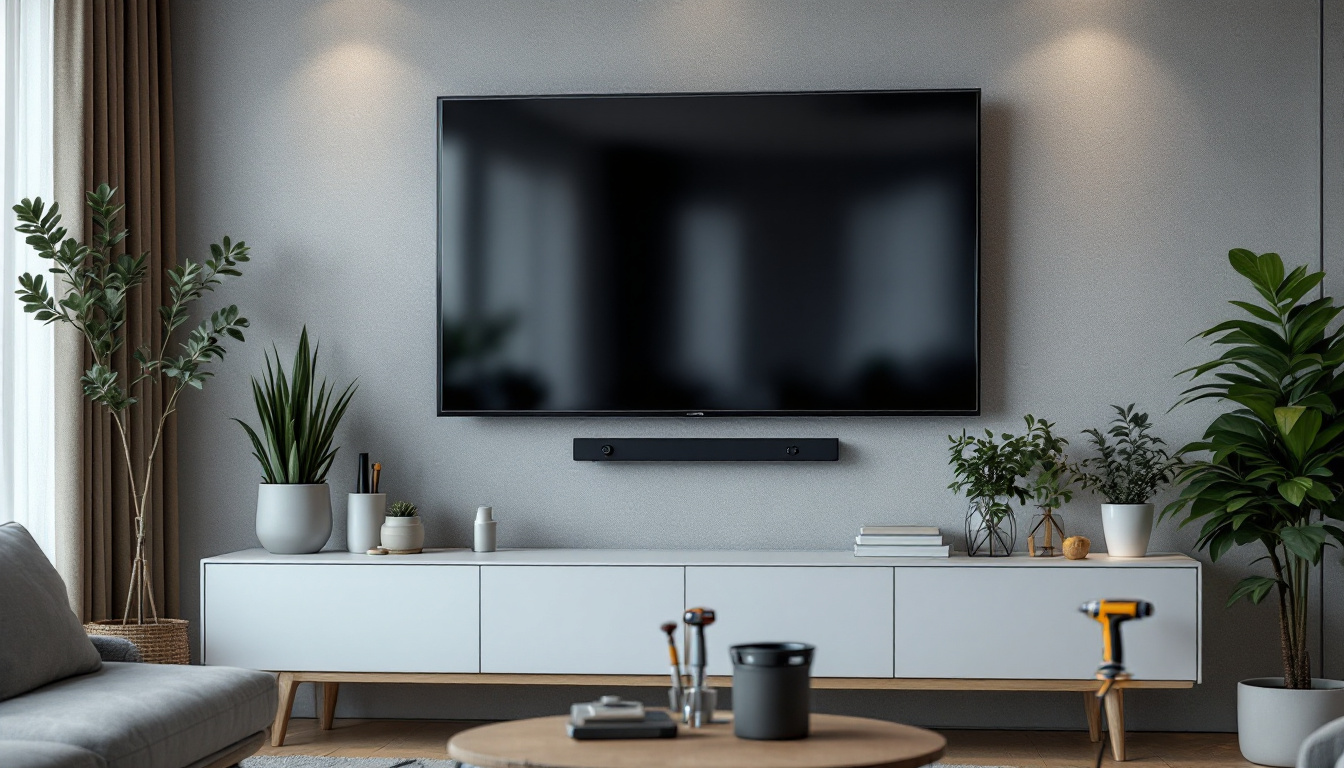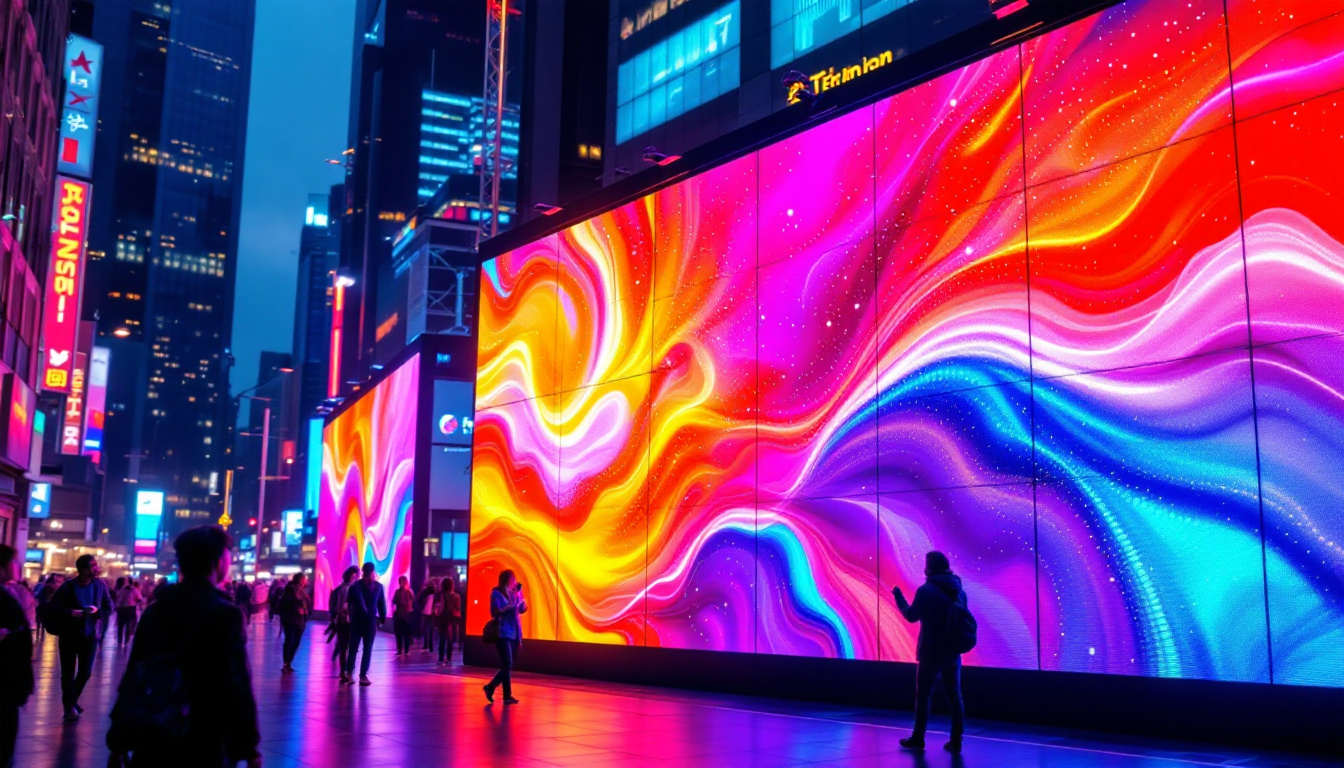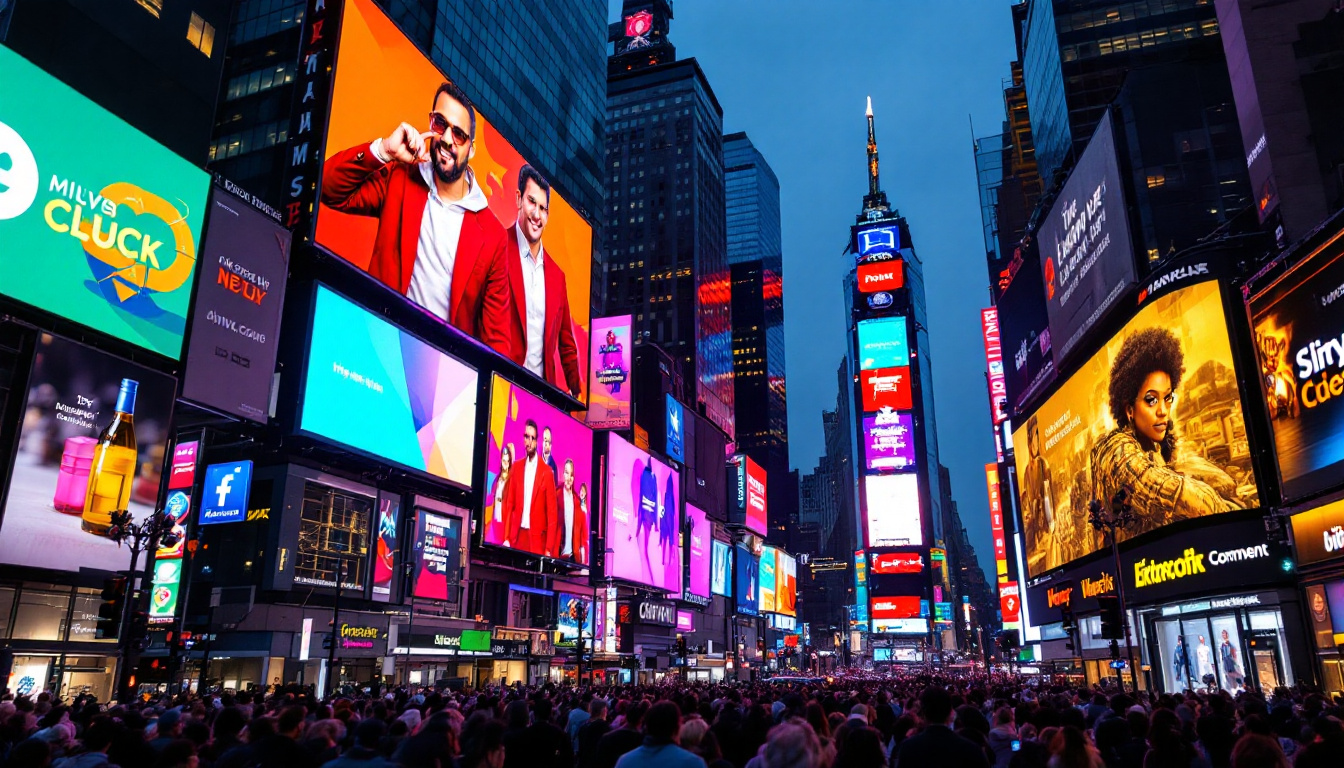In the rapidly evolving world of visual technology, LED displays have emerged as a cornerstone of modern communication and advertising. Among the various tools available for optimizing LED display performance, the Absen Calculator stands out as a powerful resource. This article delves into the intricacies of the Absen Calculator, explaining its functionalities and the significance of LED displays in various applications.
Understanding LED Displays
LED displays are comprised of numerous individual light-emitting diodes that work together to create vibrant visual content. Their versatility allows them to be used in a variety of settings, from large-scale outdoor billboards to intimate indoor screens. The technology behind LED displays offers several advantages, including energy efficiency, high brightness, and exceptional color accuracy.
The Technology Behind LED Displays
At the core of LED display technology is the light-emitting diode itself. These diodes emit light when an electric current passes through them, producing bright and vivid colors. The arrangement of these diodes in clusters or pixels determines the overall resolution and clarity of the display. Higher pixel density results in sharper images and finer details, making it essential for applications requiring high visual fidelity.
Moreover, advancements in LED technology have led to the development of various types of displays, including RGB (Red, Green, Blue) panels, which can create a wide spectrum of colors by adjusting the intensity of each colored diode. This capability is crucial for applications ranging from digital signage to live event broadcasting.
Applications of LED Displays
LED displays have found their way into numerous sectors, each leveraging the technology’s unique advantages. In the advertising industry, for instance, dynamic LED billboards can capture the attention of passersby with engaging visuals and animations. Similarly, in the entertainment sector, large LED screens are used in concerts and events to enhance the audience’s experience.
Beyond advertising and entertainment, LED displays are increasingly utilized in transportation hubs, such as airports and train stations, providing real-time information to travelers. educational institutions also employ LED screens for presentations and announcements, showcasing the technology’s versatility across different environments.
What is the Absen Calculator?
The Absen Calculator is an innovative tool designed to assist users in determining the optimal configuration and specifications for LED displays. By inputting various parameters, users can receive tailored recommendations that enhance the performance and effectiveness of their displays.
Key Features of the Absen Calculator
One of the primary features of the Absen Calculator is its user-friendly interface, allowing individuals with varying levels of technical expertise to navigate the tool easily. Users can input parameters such as display size, viewing distance, and pixel pitch to receive precise calculations and recommendations.
Additionally, the calculator provides insights into power consumption, brightness levels, and installation requirements, ensuring that users can make informed decisions when selecting LED displays for their specific needs. This comprehensive approach helps streamline the planning process, reducing the likelihood of costly mistakes.
Benefits of Using the Absen Calculator
Utilizing the Absen Calculator offers several advantages for both businesses and individuals. First and foremost, it saves time by providing quick and accurate calculations that would otherwise require extensive manual analysis. This efficiency is particularly beneficial for project managers and event coordinators who need to make decisions promptly.
Furthermore, the calculator helps optimize the performance of LED displays by ensuring that users select the appropriate specifications for their intended applications. This optimization not only enhances visual quality but also contributes to energy savings and prolonged display lifespan.
How to Use the Absen Calculator
Using the Absen Calculator is a straightforward process that can be broken down into a few simple steps. By following these guidelines, users can maximize the effectiveness of their LED display configurations.
Step-by-Step Guide
To begin, users should access the Absen Calculator through the official website. Once there, they will typically be greeted with a clean interface that prompts them to enter specific parameters related to their display needs.
The first step involves selecting the desired display size. Users can choose from a range of dimensions based on their requirements. Next, the viewing distance should be entered, which is crucial for determining the appropriate pixel pitch. The pixel pitch refers to the distance between the centers of adjacent pixels and directly affects image clarity.
After inputting these parameters, users can explore additional options, such as brightness levels and power consumption. The calculator will then generate recommendations tailored to the provided specifications, allowing users to evaluate their options effectively.
Common Mistakes to Avoid
While the Absen Calculator is designed to simplify the process of configuring LED displays, users should be mindful of common pitfalls. One frequent mistake is underestimating the importance of viewing distance. Selecting a pixel pitch that is too coarse for a short viewing distance can result in a pixelated image, diminishing the overall visual experience.
Another common error is neglecting to consider environmental factors. For outdoor displays, factors such as sunlight exposure and weather conditions can significantly impact performance. Users should ensure that their chosen specifications account for these variables to achieve optimal results.
The Importance of Pixel Pitch
Pixel pitch is a critical factor in determining the quality of an LED display. It directly influences the resolution and clarity of the images produced, making it essential for users to understand its implications fully.
Defining Pixel Pitch
Pixel pitch is defined as the distance between the centers of two adjacent pixels, typically measured in millimeters. A lower pixel pitch indicates a higher pixel density, resulting in sharper images and finer details. Conversely, a higher pixel pitch may lead to a less detailed display, which can be acceptable for certain applications but inadequate for others.
For example, a pixel pitch of 2mm is ideal for indoor environments where viewers are close to the screen, such as in conference rooms or retail spaces. In contrast, a pixel pitch of 10mm may be more suitable for outdoor billboards viewed from a distance, where high detail is less critical.
Choosing the Right Pixel Pitch
Selecting the appropriate pixel pitch requires careful consideration of the viewing distance and the intended use of the display. Users should assess how far viewers will typically be from the screen and choose a pixel pitch that ensures optimal clarity at that distance.
In addition to viewing distance, the type of content displayed also plays a role in pixel pitch selection. For applications featuring detailed graphics or text, a finer pixel pitch is recommended. Conversely, for displays primarily showing video content or large images, a coarser pixel pitch may suffice.
Maximizing LED Display Performance
To fully leverage the capabilities of LED displays, users should consider several factors that contribute to overall performance. From installation to maintenance, each aspect plays a role in ensuring that the display operates optimally.
Installation Considerations
Proper installation is critical for maximizing the performance of LED displays. Factors such as mounting height, angle, and orientation can significantly impact visibility and viewer engagement. For instance, displays installed too high may be difficult for viewers to see, while those positioned at an improper angle may result in glare and reduced visibility.
Additionally, ensuring that the display is securely mounted and protected from environmental elements is essential for outdoor installations. This not only prolongs the lifespan of the display but also maintains its visual quality over time.
Regular Maintenance
Regular maintenance is another key aspect of maximizing LED display performance. Dust and debris can accumulate on the surface of the display, affecting brightness and clarity. Routine cleaning and inspections can help identify potential issues before they escalate, ensuring that the display continues to function optimally.
Furthermore, monitoring power consumption and brightness levels can provide insights into the display’s performance. Users should be vigilant about any fluctuations in these metrics, as they may indicate underlying problems that require attention.
Future Trends in LED Display Technology
The landscape of LED display technology is continuously evolving, with innovations emerging to enhance performance and expand applications. Staying informed about these trends can help users make informed decisions regarding their display needs.
Advancements in Display Technology
One notable trend is the development of microLED technology, which offers improved brightness, contrast, and energy efficiency compared to traditional LED displays. MicroLED displays consist of smaller individual LEDs, allowing for greater pixel density and enhanced image quality.
Additionally, advancements in flexible LED technology are paving the way for innovative display shapes and designs. This flexibility enables creative applications, such as curved displays for immersive experiences in retail environments or unique installations in art galleries.
Integration with Smart Technologies
As smart technologies continue to permeate various industries, LED displays are increasingly being integrated with advanced features such as IoT connectivity and AI-driven content management systems. This integration allows for real-time updates, dynamic content delivery, and enhanced interactivity, further enhancing the user experience.
Moreover, the rise of augmented reality (AR) and virtual reality (VR) is influencing the design and functionality of LED displays. As these technologies become more prevalent, the demand for displays that can seamlessly integrate with AR and VR experiences is expected to grow.
Conclusion
The Absen Calculator serves as an invaluable tool for optimizing LED display configurations, ensuring that users can make informed decisions based on their specific needs. By understanding the intricacies of LED displays, including pixel pitch, installation considerations, and maintenance practices, users can maximize the performance and longevity of their screens.
As technology continues to evolve, staying abreast of trends and advancements in LED display technology will be crucial for businesses and individuals alike. With the right tools and knowledge, the potential applications of LED displays are virtually limitless, paving the way for innovative solutions in communication, advertising, and beyond.
Discover LumenMatrix’s Advanced LED Solutions
Ready to elevate your visual communication with cutting-edge LED technology? LumenMatrix offers a comprehensive range of LED display solutions tailored to your unique needs. From captivating Indoor LED Wall Displays to dynamic Outdoor LED Wall Displays, and from versatile Vehicle LED Displays to innovative Custom LED Displays, our products are designed to revolutionize your brand’s presence. Experience the future of digital signage with our All-in-One LED Displays, LED Transparent Displays, and more. Check out LumenMatrix LED Display Solutions today and transform your space into a mesmerizing visual experience.



